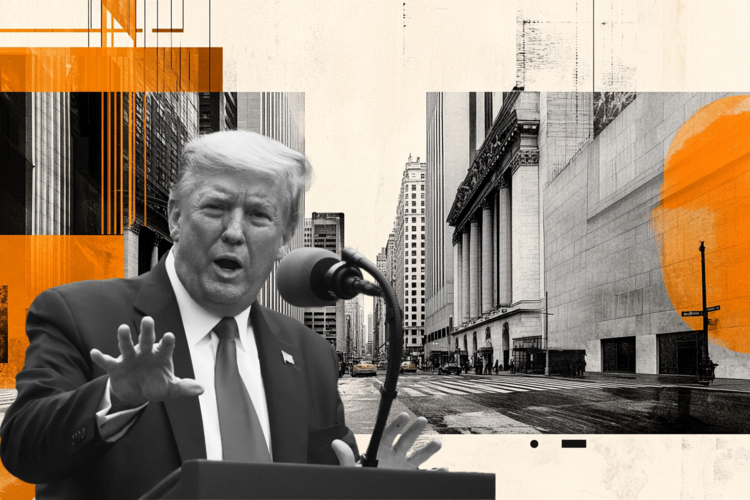During a press conference, US President Donald Trump revealed that Iran must negotiate tougher and added that he’d love to avoid a conflict with Tehran. He commented that an Israeli strike could happen, but added, “I don’t want to say Israeli strike is imminent.”
Trump said that the US is pretty close to reaching an agreement with Iran, though he noted that there’s a chance of a massive conflict.
Earlier, ABC News revealed, according to sources, that “Israel is considering military action against Iran in coming days. The sources were not aware of a specific US role in an Israeli strike on Iran, though it is possible the US could play a logistical role and share intelligence with Israel that could be used for such a strike.”
Market’s reaction to Trump’s comments
Gold prices remain high, above $3,380, while the Greenback extended its losses for the third straight day. US Dollar Index (DXY), which tracks the performance of the American currency against a basket of six other currencies, is down 0.61% at 97.98.

Risk sentiment FAQs
In the world of financial jargon the two widely used terms “risk-on” and “risk off” refer to the level of risk that investors are willing to stomach during the period referenced. In a “risk-on” market, investors are optimistic about the future and more willing to buy risky assets. In a “risk-off” market investors start to ‘play it safe’ because they are worried about the future, and therefore buy less risky assets that are more certain of bringing a return, even if it is relatively modest.
Typically, during periods of “risk-on”, stock markets will rise, most commodities – except Gold – will also gain in value, since they benefit from a positive growth outlook. The currencies of nations that are heavy commodity exporters strengthen because of increased demand, and Cryptocurrencies rise. In a “risk-off” market, Bonds go up – especially major government Bonds – Gold shines, and safe-haven currencies such as the Japanese Yen, Swiss Franc and US Dollar all benefit.
The Australian Dollar (AUD), the Canadian Dollar (CAD), the New Zealand Dollar (NZD) and minor FX like the Ruble (RUB) and the South African Rand (ZAR), all tend to rise in markets that are “risk-on”. This is because the economies of these currencies are heavily reliant on commodity exports for growth, and commodities tend to rise in price during risk-on periods. This is because investors foresee greater demand for raw materials in the future due to heightened economic activity.
The major currencies that tend to rise during periods of “risk-off” are the US Dollar (USD), the Japanese Yen (JPY) and the Swiss Franc (CHF). The US Dollar, because it is the world’s reserve currency, and because in times of crisis investors buy US government debt, which is seen as safe because the largest economy in the world is unlikely to default. The Yen, from increased demand for Japanese government bonds, because a high proportion are held by domestic investors who are unlikely to dump them – even in a crisis. The Swiss Franc, because strict Swiss banking laws offer investors enhanced capital protection.

